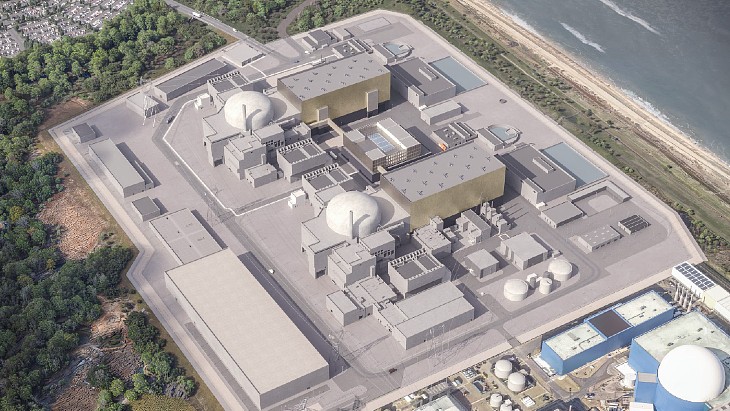An international expert mission has advised the Japanese government to avoid "over-conservatism" in its efforts to remediate large areas of contaminated land around the Fukushima Daiichi plant.
The 12-member team was assembled by the International Atomic Energy Agency (IAEA) at the request of the Japanese government to help them develop remediation strategies for land contaminated as a result of the accident at the Fukushima Daiichi plant in March. The team reviewed remediation-related strategies, plans and works, including contamination mapping, currently undertaken by Japanese authorities.
The team returned from Japan today and has now published its preliminary findings and presented them to the Japanese government.
The mission focused on the remediation of the affected areas outside of the 20 kilometre restricted area. The team said that it agrees with the prioritization and the general strategy being implemented, and suggests that further missions could be sent to confirm the progress being made and to address the remediation challenges actually within the zone.
The Japanese government has defined a set of reference levels to control the exposure of the public. In areas where the annual effective dose is estimated to be above 20 millisieverts (mSv), the government aims to reduce the estimated annual dose to less than that amount. In areas where an estimated annual exposure dose is less then 20 mSv, the government plans to conduct effective remediation work so that the estimated annual exposure dose will be less then 1 mSv.
Specific attention is being given to the exposure of children. Therefore, current efforts focus on measures to reduce children's exposures in schools and kindergartens to an effective dose of 1 mSv per year during the time they attending or travelling to school.
The expert team said that Japan's approach of using demonstration sites to assess various remediation methods "is a very helpful way to support the decision-making process."
However, Japanese authorities were encouraged to "cautiously balance the different factors that influence the net benefit of the remediation measures to ensure dose reduction." They should "avoid over-conservatism" which "could not effectively contribute to the reduction of exposure doses."
The major strategy being considered by Japanese authorities for decontaminating affected areas is the removal of up to 5 cm of top soil. However, the mission team notes that, although this would significantly reduce radionuclide concentrations in the upper layer of soils, it would generate "unnecessarily huge amounts of residual materials."
The preliminary estimate of the volume of contaminated material that could come from clean-up is between 5 and 29 million cubic metres. This is in addition to some 2.3 million tonnes of contaminated debris that has already been collected.
The mission's preliminary report noted that it is "important to avoid classifying as 'radioactive waste' such waste materials that do not cause exposures that would warrant special radiation protection measures." The team suggests that authorities establish "realistic and credible limits" regarding associated exposures. Slightly contaminated material, it says, could be used in various ways, such as the construction of reclamations, banks and roads.
The team also warned the Japanese government of the "potential risk of misunderstandings that could arise if the population is only or mainly concerned with contamination concentrations rather than dose levels." It added, "The investment of time and effort in removing contamination concentrations from everywhere, such as all forest areas and areas where the additional exposure is relatively low, does not automatically lead to reduction of doses for the public." The team's report calls on the Japanese authorities to "maintain their focus on remediation activities that bring best results in reducing the doses to the public."
The final report of the mission will be submitted to the Japanese government by 15 November.
Researched and written
by World Nuclear News




_55530.jpg)
_42372.jpg)
_37521_70699.jpg)

_76087_55556.jpg)




